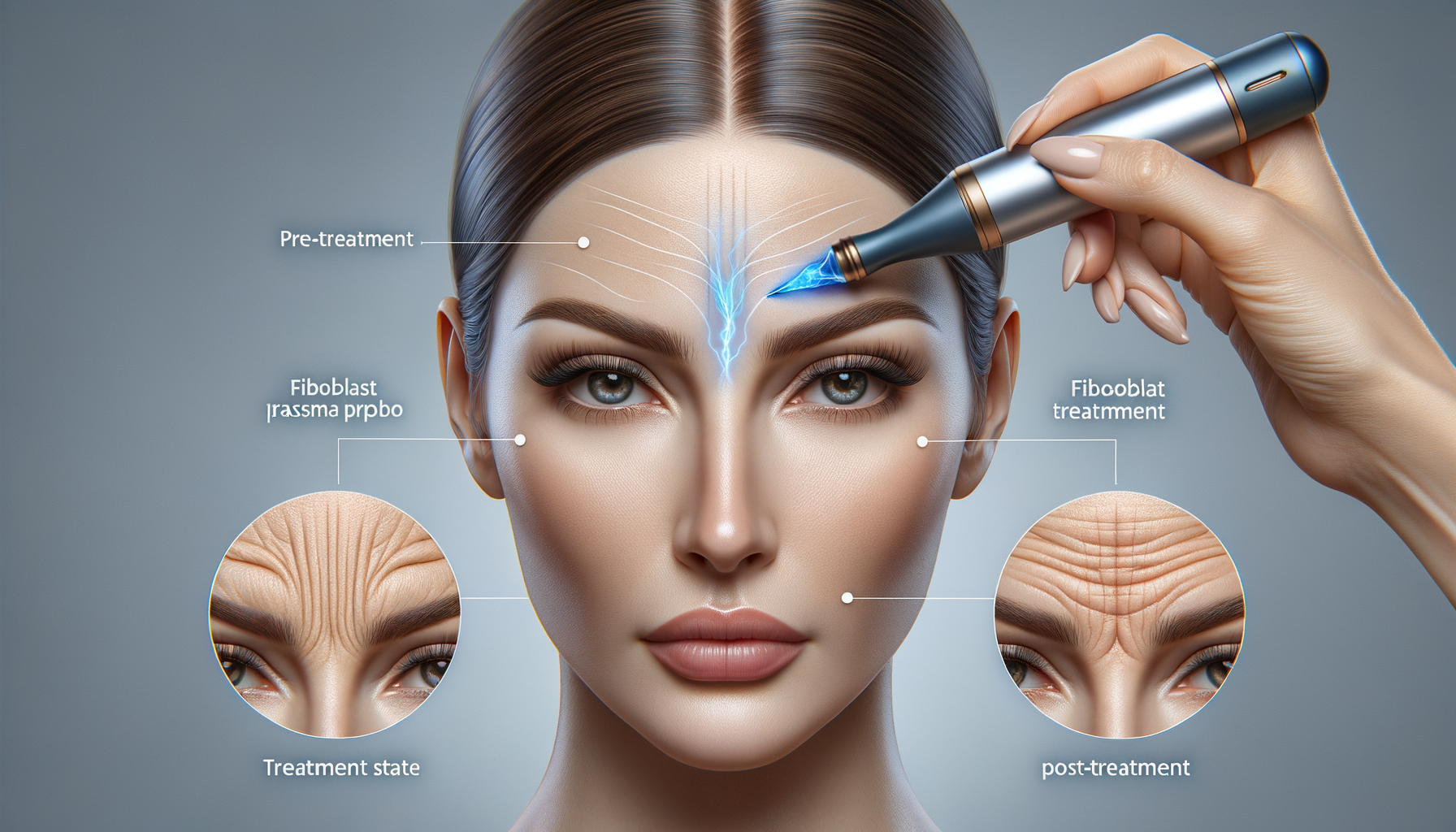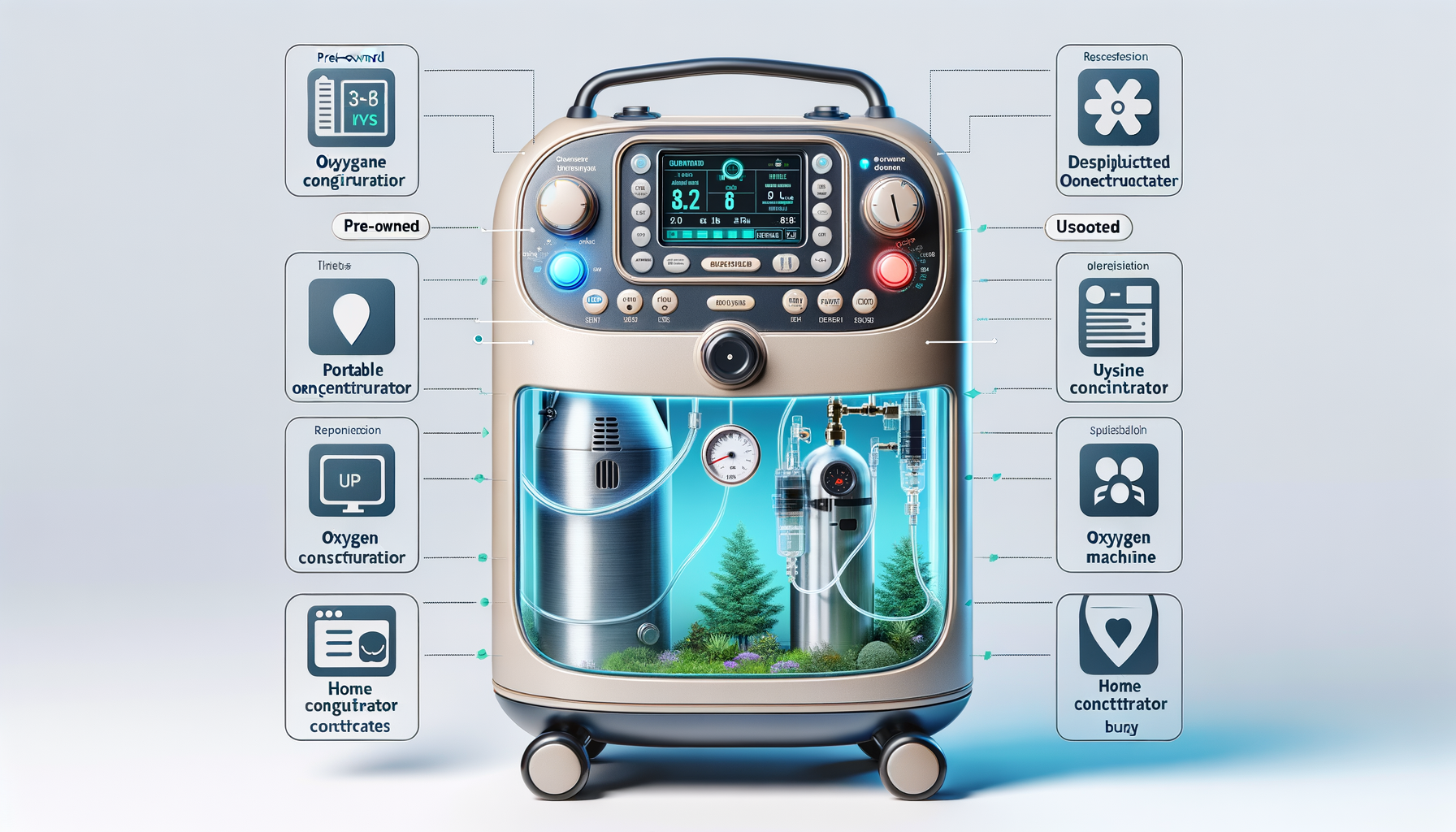Understanding Migraine and Its Impact
Migraines are more than just headaches—they are a complex neurological condition that can cause intense pain, sensitivity to light and sound, and even nausea. For many, these episodes disrupt daily life and reduce productivity. While there are various treatments available, alternative and supportive therapies like migraine massage have shown promise in alleviating symptoms. This type of massage targets specific areas of the body, including the head, neck, and shoulders, where tension commonly builds and contributes to migraine onset. By improving blood flow and reducing muscle tightness, massage therapy can help reduce both the frequency and intensity of migraine attacks.
Understanding what triggers a migraine is essential. Common triggers include:
- Stress and anxiety
- Hormonal changes
- Sleep disturbances
- Dietary factors
- Sensory stimuli such as bright lights or strong smells
Incorporating regular massage sessions into a wellness routine may help in managing these triggers more effectively.
The Role of Migraine Massage Techniques
Several massage techniques are specifically designed to offer relief from migraines. One effective approach is migraine trigger point massage, which addresses tight knots in muscles that can refer pain to other areas of the head. These trigger points are often found in the upper back, shoulders, and neck, and releasing them can significantly reduce headache symptoms.
Another helpful method is sinus massage for headache, especially for individuals whose migraines are accompanied by sinus pressure or congestion. Gentle pressure applied to the sinus areas around the nose, forehead, and cheeks can promote drainage and reduce inflammation.
Here are a few techniques commonly used in migraine relief massage:
- Trigger point release in the neck and shoulders
- Myofascial release to reduce muscle tension
- Facial massage for headache focused on the temples and jaw
- Sinus drainage techniques to ease pressure
These methods not only alleviate pain but also contribute to a sense of relaxation and stress reduction, which can prevent future migraine episodes.
Benefits of Face Massage for Migraine Sufferers
Face massage for migraine is gaining popularity for its ability to target areas where tension accumulates during a headache episode. The facial muscles, especially around the eyes, temples, and jaw, often become tight during a migraine. Facial massage for headache applies gentle, rhythmic pressure to these areas, encouraging muscle relaxation and improved circulation.
Benefits of this technique include:
- Reduction in forehead and temple pressure
- Improved lymphatic drainage
- Relief from jaw clenching and tension
- Enhanced sense of calm and relaxation
Individuals who experience migraines due to stress or tension may find facial massage particularly helpful. It is a non-invasive, soothing approach that can be done by a professional or practiced at home with proper guidance. When integrated into a routine, it may serve as an effective tool for managing chronic headache pain.
Incorporating Massage into a Migraine Management Plan
To maximize the benefits of massage therapy, it’s important to incorporate it into a comprehensive migraine management plan. This means not relying on massage alone but combining it with other lifestyle adjustments, medical advice, and stress-reduction practices. Migraine relief massage should be part of a holistic strategy tailored to each individual’s needs.
Tips for making massage a consistent part of your routine include:
- Scheduling regular appointments with a certified massage therapist
- Practicing self-massage techniques at home
- Using aromatherapy or calming music to enhance the experience
- Tracking migraine patterns to identify the most beneficial timing for massage sessions
It’s also helpful to communicate openly with your massage therapist about your symptoms and triggers. This ensures that each session is tailored to your condition, targeting the most affected areas and using the most effective techniques.
Choosing the Right Type of Massage for Headache Relief
When selecting a massage therapy approach for migraines, it’s essential to consider the type and frequency of your headaches, as well as your personal preferences. Some people respond well to deep tissue methods like migraine trigger point massage, while others may benefit more from gentle facial massage for headache relief or sinus massage for headache.
Here’s a quick comparison of commonly used approaches:
- Migraine trigger point massage: Ideal for tension-related migraines with muscle knots
- Face massage for migraine: Targets facial tension and improves circulation
- Sinus massage for headache: Best for migraines linked to sinus issues
Personal preferences also play a role. Some individuals prefer the relaxing nature of a facial massage, while others feel more relief from the deeper pressure of trigger point techniques. Consulting with a knowledgeable therapist can help you explore these options and determine the most effective strategy for your situation.




Leave a Reply